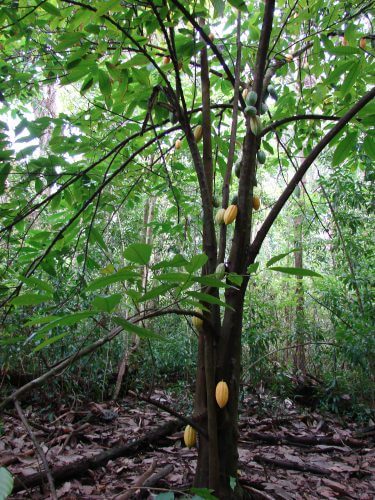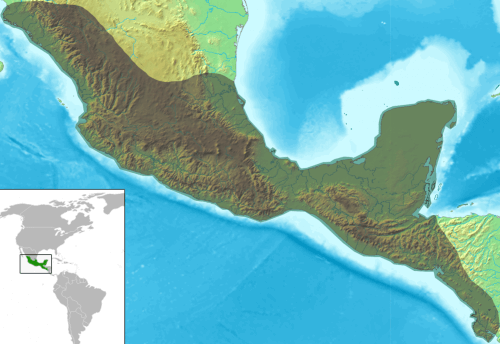In addition, the researchers found that cacao was originally domesticated in South America, and not in Central America as initially thought

A new study by an international team of researchers, which includes researchers from the University of British Columbia, states that chocolate was invented earlier than thought.
The study, published in October 29, 2018, in the journal Nature Ecology & Evolution Suggests that cacao - the plant from which chocolate is made - was domesticated or grown by humans for food, about 1,500 years earlier than previously thought. In addition, the researchers found that cacao was originally domesticated in South America, and not in Central America as initially thought.
Archaeological evidence of the use of cacao, 3,900 years ago, led researchers to conclude that the cacao tree was first domesticated in Central America. Recently reviewed genetic evidence shows that the greatest diversity of cacao trees and their relatives is actually found in South America near the equator. This led the researchers to look for evidence of cocoa processing in archaeological sites in the area.
"This new study shows us that humans who lived in the past in the area between the northern border of the Amazon basin, to the foothills of the Andes in southern Ecuador, harvested and consumed a type of cacao that appears to be closely related to the type of cacao used later in Mexico - and they did this for 1500 years. Earlier," said Michael Blake, a member of the research team.
"In picking the cocoa and processing it, they used sophisticated pottery that preceded the pottery found in Central America and Mexico. This indicates that the use of cocoa, probably as a drink, began in a geographical area that is now part of Colombia and spread northward by farmers to the area that is now Panama and southern Mexico."
Theobroma cacao, known as the "cacao tree", was a culturally important crop in pre-Columbian Mesoamerica - a region and culture in North America, extending from central Mexico, through Belize, Guatemala, El Salvador, Honduras, Nicaragua and northern Costa Rica. Cocoa beans were used both as a passing currency for the merchant and to make a chocolate drink that was consumed during holidays and ceremonies.

For the purpose of the research, an in-depth analysis was made of ceramic objects from Santa Ana-La Florida (Santa Ana-La Florida) in Ecuador which is the earliest known site of the Mayo-Chinchip culture, from about 5,450 years ago or more.
The researchers used three different ways to show that the Mayo-Chinchipe culture used cacao between 5,300 and 2,100 years ago: the presence of starch grains specific to the cacao tree in pottery and broken pottery fragments; Residues of theobromine, oxidized residues found in the cultivated cocoa tree, but not in its wild relatives; and ancient DNA fragments with sequences unique to the cocoa tree.
The findings show that the Mayo-Chinchip people domesticated the cacao tree at least 1,500 years before they used it in Central America. Since some of the findings from Santa Ana la Florida are related to the Pacific coast, the researchers think that trade in goods, which included these plants, could have started the spread of the cacao plant north towards South America.
Sonia Zarrillo, head of the research team, said that these findings represent methodological innovation in anthropological research.
"For the first time, three independent lines of archaeological evidence have documented the presence of ancient cacao in the Americas: starch grains, chemical biomarkers, and ancient DNA sequences," he said. quickly in the humidity and heat of tropical environments".
Discovering the food sources we rely on today is important because it helps us understand the complex history of who we are today, says Blake.
"Today we all rely, to one degree or another, on foods created by the indigenous peoples of the Americas," Blake said. "And one of the favorite things in the world is chocolate."
More of the topic in Hayadan:
- The earliest evidence of creating alcohol was discovered in the Rakfat cave in Carmel - 13 thousand years ago
- Winners of the 2014 Wolf Prize for Agriculture: Bringing back genes lost from wild to domesticated animals and from wild to domesticated plants is essential to improving the food supply
- Now it's official: the fig is the first domesticated plant in history

One response
I had a lot of fun .